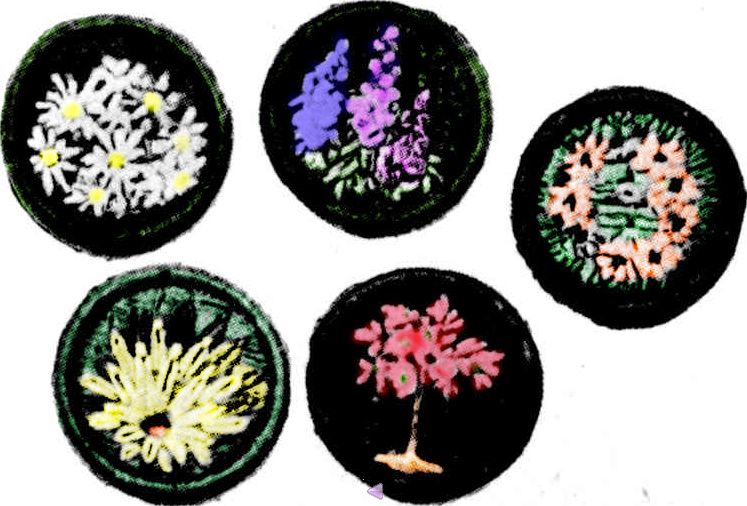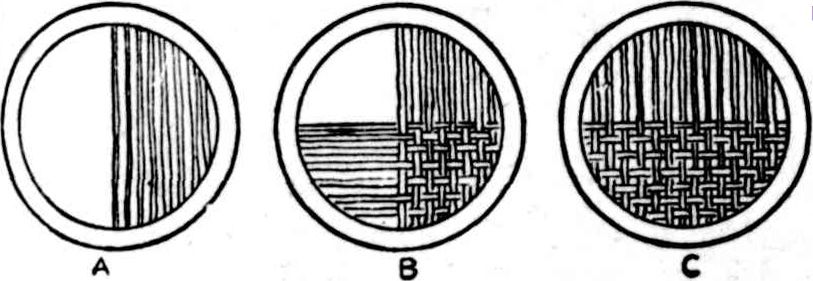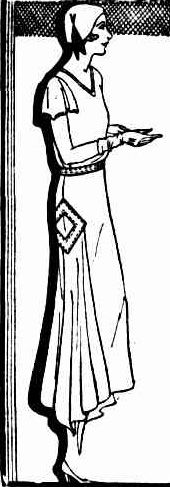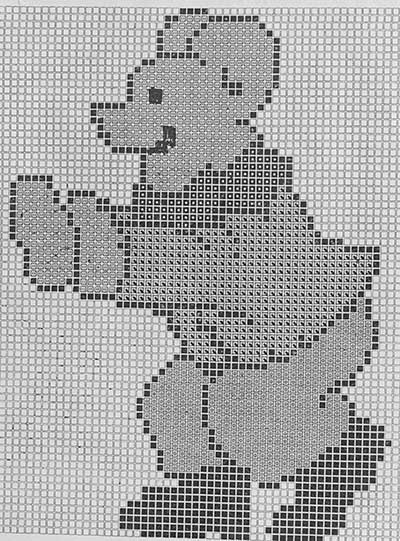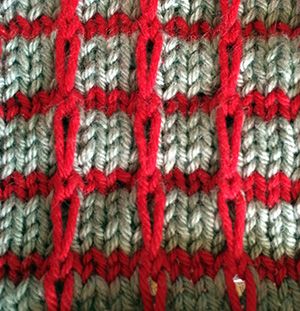If you’ve ever found a high quality man’s shirt while op shopping and wished it was a woman’s shirt, this article from 1936 will help! I’ve copied it here because I had to pull out all my vintage pattern drafting books to find the measurements for making the collar, since the illustration is a bit blurry. (Thankfully Mr Ross Hynes and the 1945 edition of the Home Dressmaker came to the rescue).
“The Shirt Off Father’s Back” from The Queenslander, December 31st 1936.
Home Sewing Hint By Ruth Wyeth Spears

THERE have been a number of requests for ideas for using shirts that are worn out in the front at the neckline and that have frayed cuffs. Aprons are some times made from these. A clever mother we know also makes them into sun suits for a wee youngster. One of the most up-to-date ideas is for Mother and the girls to convert old shirts into tailored blouses.
If Father is the broad-shouldered type, it is generally necessary to rip the yoke of the shirt both back and front and add more gathers, as shown here at A, to take up the shoulder width. The yoke is then trimmed off at the arm hole line, as at B, and the sleeve stitched back in place. The neck is cut in a V line, as at C, to eliminate the worn spots. Then the sleeves are cut off straight around on the thread of the goods 5 inches below the bottom of the armhole as at D. This allows for a 2-inch hem. The cut off pieces of the front of the sleeves are used for the blouse collar and the collar facing. Sometimes it is necessary to use the pieces from both sleeves for the outside of the collar with a piecing in the centre back, and then use plain white material for the facing.
If white shirts are being made over, a half yard of white cotton broadcloth will make entirely new collars for six shirts. To make a pattern for the collar cut a piece of paper 3 inches deep, and 1 inch longer than half the portion of the neck edge to which the collar is to be joined. Shape this paper according to the dimensions shown here in diagram E. The short edge of this pattern is placed on a fold of the goods in cutting. When the collar has been cut and faced, sew it to the right side of the neck edge, with a strip of bias tape, as shown at F. Turn the tape down over the seam and sew as at G.


